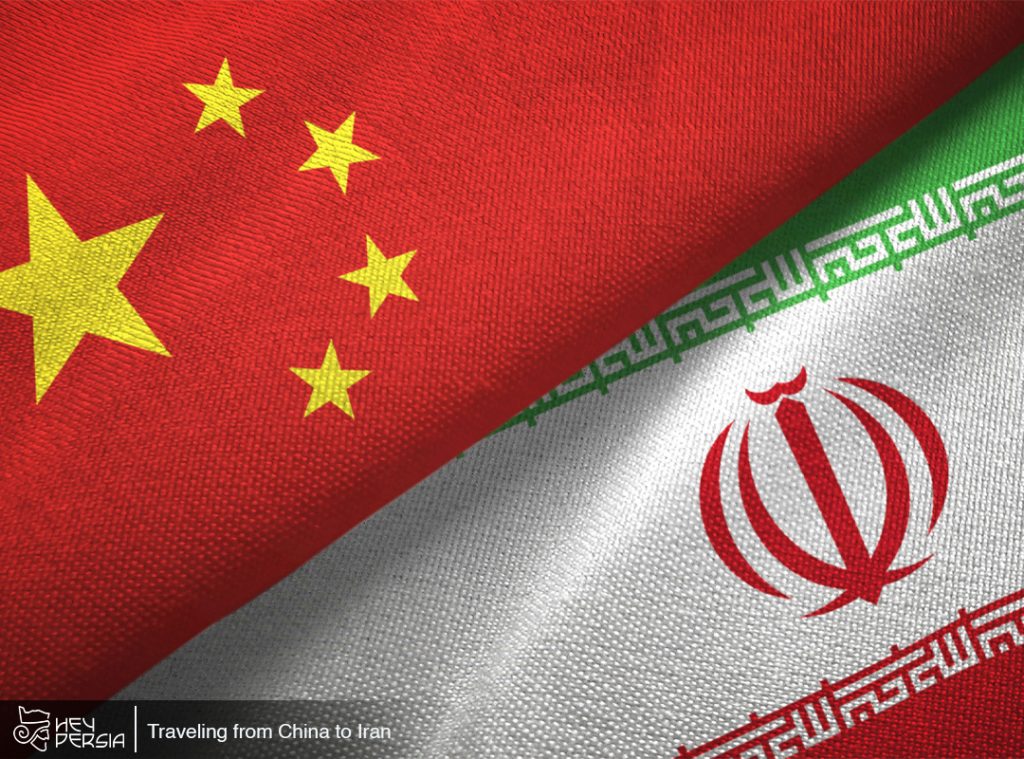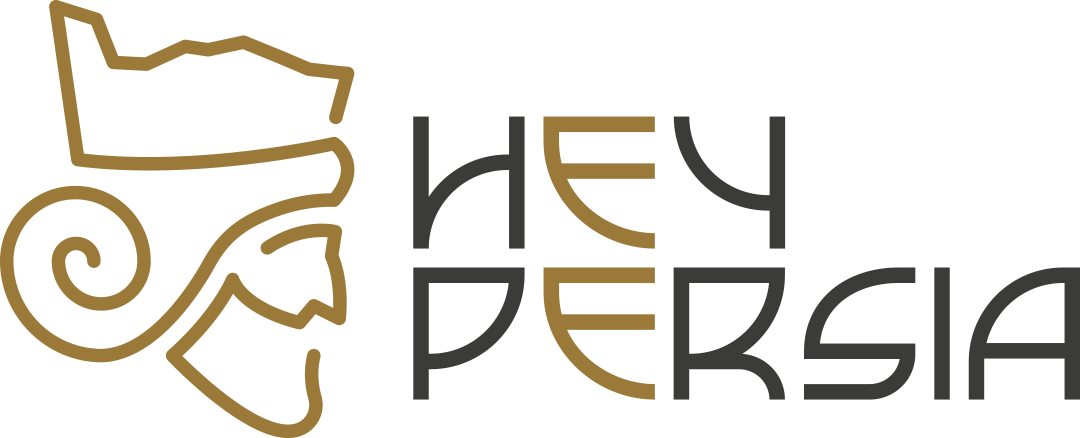Persian literature refers to works composed in the Persian (Farsi) language. Its dominant form, especially historically, is poetry. Persian literary tradition includes epic poems, mystical and philosophical verses, lyrical ghazals, moral tales, and modern prose. Learn more at Hey Persia.
Table of contents
- Key Takeaways
- What Is Persian Literature?
- Literary Forms in Persian Literature
- The Golden Age of Persian Poetry
- Persian Poetry in Daily Iranian Life of Literature
- Modern and Contemporary Iranian Poets
- Global Impact and Recognition
- Cultural Sites Associated with Poets
- FAQ: Persian Literature and Iranian Poets
Key Takeaways
- Persian literature is a cornerstone of Iranian culture, with a continuous tradition stretching back over 2,500 years.
- Famous Iranian poets like Ferdowsi, Rumi, Hafez, Saadi, and Omar Khayyam influenced both Eastern and Western literature and philosophy.
- Persian poetry embraces themes of love, mysticism, morality, resistance, and identity — resonating deeply across centuries.
- Modern poets like Forough Farrokhzad, Ahmad Shamloo, and Simin Behbahani continue this legacy in new forms.
- Persian literary works are globally recognized, translated, and studied, and some are preserved by UNESCO as cultural heritage.
What Is Persian Literature?
It flourished under various empires, including the Sassanid, Safavid, and Timurid dynasties, and influenced neighboring cultures from India to the Ottoman Empire. Its reach extends to European Romanticism, Islamic Sufism, and modern philosophy.
Literary Forms in Persian Literature
- Epic Poetry: Tells grand stories of heroes and ancient kings (e.g., Shahnameh).
- Ghazal: Lyrical poems exploring love and spirituality (famously used by Hafez and Rumi).
- Rubaiyat: Four-line philosophical quatrains (popularized by Omar Khayyam).
- Masnavi: Rhymed couplets often used for storytelling in Sufi and didactic literature.
- Prose and Essays: Moral tales, travelogues, and modern short stories emerged in the 19th and 20th centuries.
The Golden Age of Persian Poetry
Ferdowsi (c. 940–1020 CE)
- Major Work: Shahnameh (Book of Kings), an epic poem with over 50,000 couplets.
- Legacy: Preserved pre-Islamic Iranian culture and Persian language after the Arab conquest.
- Modern Relevance: Shahnameh is part of school curricula and cultural identity in Iran and beyond.
Omar Khayyam (1048–1131 CE)
- Known for his Rubaiyat (quatrains) that blend science, skepticism, and existential reflection and of course Literature
- A brilliant mathematician and astronomer, Khayyam’s poetry was rediscovered in the West by Edward FitzGerald.
- His verses often explore the brevity of life and the pleasures of the present moment.
Rumi (1207–1273 CE)
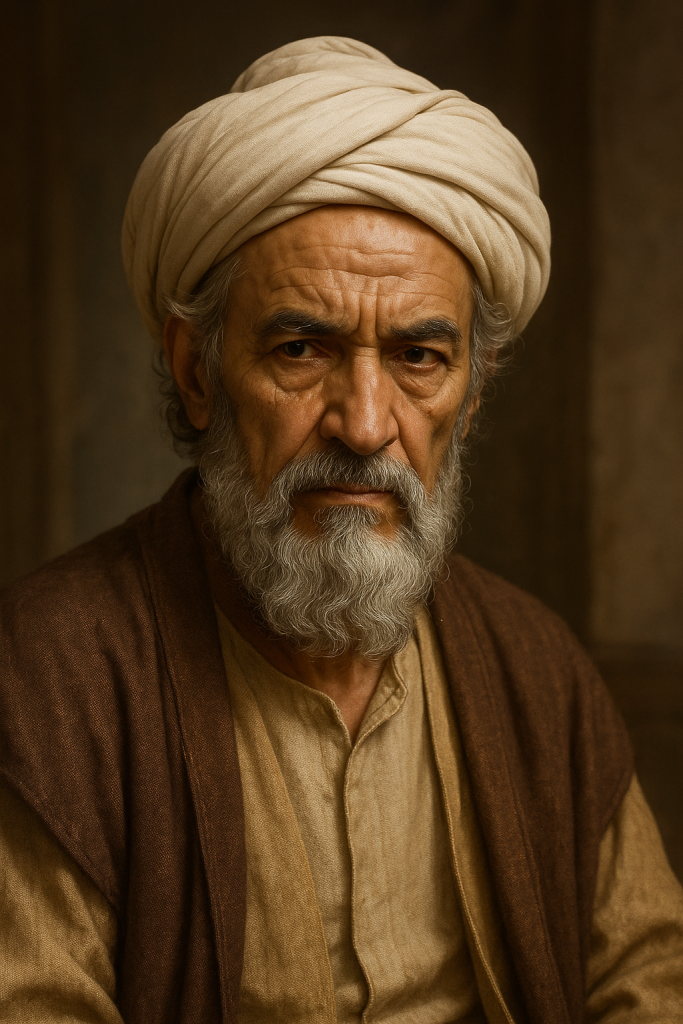

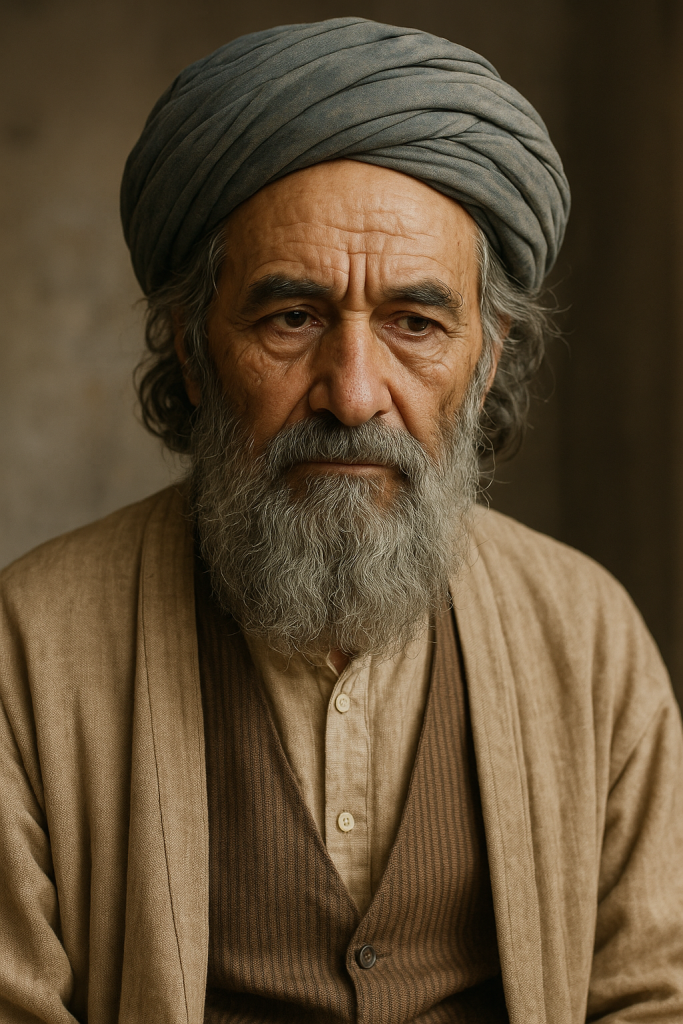
- Masterpiece: Masnavi-ye Ma’navi (Spiritual Couplets).
- As a mystic and Sufi, Rumi’s poetry emphasizes divine love, unity of being, and the soul’s journey.
- Today, Rumi is among the most widely read poets in the world, with translations available in over 40 languages.
Hafez (c. 1315–1390 CE)
- Wrote the Divan of Hafez, a collection of ghazals rich in symbolism and emotion.
- Revered as a spiritual guide — many Iranians consult his poetry for fal-e Hafez (bibliomancy).
- Goethe, Emerson, and other Western thinkers admired his work.
Saadi (c. 1210–1291 CE)
- Author of Bustan (in verse) and Gulistan (in prose).
- Famous for aphorisms on ethics, justice, and humanity.
- His verse “Human beings are members of a whole…” is inscribed at the UN headquarters in New York.
Persian Poetry in Daily Iranian Life of Literature
Persian poetry is not a museum artifact — it is alive in everyday Iranian culture:
- Nowruz celebrations often include fal-e Hafez.
- Quotes from Rumi and Saadi appear in speeches, art, and even billboards.
- Poetry recitation is a beloved tradition across generations.
- Schoolchildren learn verses by heart; elderly citizens recite them from memory.
Modern and Contemporary Iranian Poets
Nima Yushij (1897–1960)
- Revolutionized Persian poetry by creating She’r-e No (New Poetry), breaking free from classical forms.
- Introduced free verse, contemporary themes, and experimental styles.
Forough Farrokhzad (1935–1967)
- A feminist icon who brought taboo themes like female desire, social repression, and loneliness into literature.
- Her poetry remains bold, intimate, and transformative.
Ahmad Shamloo (1925–2000)
- Known for politically charged free verse, rich with metaphor.
- Advocated human rights and freedom; widely admired for both literary mastery and moral courage.
Simin Behbahani (1927–2014)
- Called “The Lioness of Iran,” she revived the classical ghazal with contemporary themes like war, love, and injustice.
- Twice nominated for the Nobel Prize in Literature.
Global Impact and Recognition
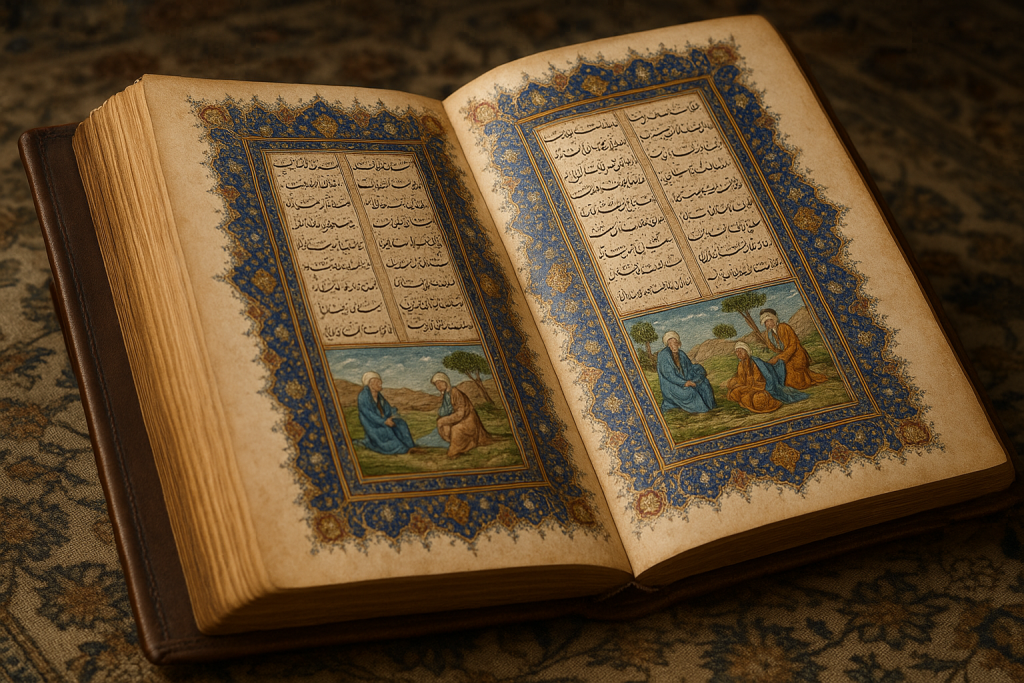
Persian literature has been translated into English, French, German, Russian, and dozens of other languages.
- Rumi’s books regularly appear on international bestseller lists.
- UNESCO has registered parts of Persian literary heritage (e.g., Shahnameh manuscripts) as World Heritage treasures.
- Persian poets are studied in global academic curricula and featured in interfaith dialogues, museums, and libraries worldwide.
Cultural Sites Associated with Poets
- Tomb of Hafez (Shiraz) – A pilgrimage site for poetry lovers and mystics.
- Tomb of Saadi (Shiraz) – A peaceful garden housing one of Iran’s greatest moralists.
- Rumi’s Shrine (Konya, Turkey) – Visited by millions worldwide annually.
- Ferdowsi’s Tomb (Tus) – Symbol of Persian identity and resilience.
FAQ: Persian Literature and Iranian Poets
What makes Persian literature unique?
Its combination of mystical symbolism, lyrical beauty, philosophical insight, and moral wisdom — all wrapped in poetic form.
Who is the most famous Iranian poet of Literature internationally?
Rumi, though Hafez, Ferdowsi, Khayyam, and Saadi are central figures in Persian heritage.
What is fal-e Hafez?
A cultural tradition where people open Hafez’s poetry at random to find spiritual or personal guidance.
Is Persian poetry still relevant today?
Absolutely. It is part of education, daily speech, cultural rituals, and contemporary activism.
What are the best books to start with for Literature?
- Shahnameh by Ferdowsi (epic)
- Rubaiyat by Omar Khayyam (philosophical quatrains)
- Divan of Hafez (ghazals)
- Masnavi by Rumi (Sufi teachings)
- The Captive by Forough Farrokhzad (modern free verse)



